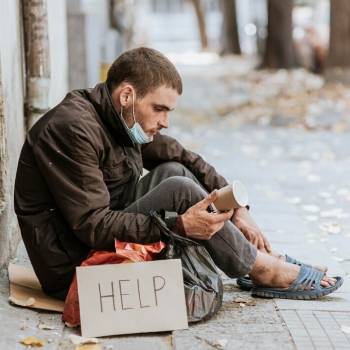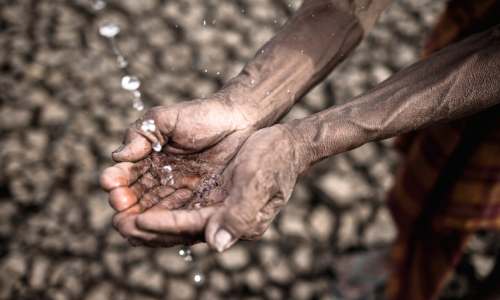Global Poverty Reduction Research
From ancient times to the present, poverty remains one of humanity’s constant, most pressing challenges. It affects billions of people worldwide, and it seems that very little progress has been made to alleviate poverty over the past years.
As such, so much work still needs to be done, which can only be effectively carried out by proper research. This research plays a key role in understanding the causes of poverty, identifying working solutions, and implementing policies. This write-up looks into global poverty reduction over a series of headlines. Let’s get right into it.
Global Poverty Trends

According to the World Bank, there are people living in abject poverty, which is defined as living on less than $2.15 per day. However, over the last few decades, the number of people living this way drastically decreased from 36% in 1990 to about 9.2% in 2017. This showed that global poverty alleviation strategies at the time were making progress, particularly in developed countries.
Unfortunately, after the COVID-19 pandemic in 2020, this progress was reversed, relegating millions back into poverty. This came about as a result of economic slowdowns, job losses, limited social services access, etc. Ever since, global poverty reduction schemes have experienced painstakingly slow progress, with many millions living in extreme conditions.
Key International Organizations and Their Roles
To improve the standards of living in affected regions, several international organizations play key roles, including:
World Bank
The World Bank provides financial and technical aid to developing countries and funds projects that improve infrastructure, education, healthcare, and economic opportunities in impoverished nations.
United Nations
The United Nations has several arms through which it works to address poverty. Examples include the United Nations Development Program (UNDP) and the United Nations Children’s Fund (UNICEF). Through these agencies, the UN is on track to eradicate poverty.
International Monetary Fund
The IMF provides monetary and economic assistance to countries facing financial distress. It also offers advice on stabilizing their economies and helping lay the groundwork for poverty alleviation.
Sustainable Innovative Approaches to Poverty Alleviation
Several innovative approaches are in the works to address the root causes of impoverishment. Some of these solutions include:

Microfinance: This branch of finance focuses on providing small loans to low-income individuals without conventional banking services. These loans allow people to start small and expand to a larger scale, leading to increased income.
Technology and Digital Inclusion: Technology drives most aspects of the modern world, and poverty is not excluded. Access to technology and the internet can increase education, employment, and entrepreneurship opportunities. It also helps empower individuals to improve their economic prospects who, in turn, train others in their immediate community.
Social Enterprises: Social enterprises blend business models with social missions to eradicate poverty. These organizations reinvest their profits into social programs, creating both financial and social value.
Sustainable Agriculture: The question of what to eat is one major aspect impoverished regions experience. Therefore, sustainable agriculture practices, such as organic farming and agroforestry, can help improve food security. This consequently provides more income for smallholder farmers while preserving the environment.
Challenges and Barriers to Poverty Eradication
Yes, progress has been made to improve the global standards of living, but several challenges hinder the eradication efforts:
- Economic Inequality: In the same way that not all hands are equal, not everyone in a country is in the same income bracket. As a result, income inequality may undermine poverty reduction efforts, as monetary gains often remain within the wealthy segments of society. Thus, there’s a need to first address this inequality to ensure inclusive growth.
- Climate Change: Climate change is one major challenge experienced by developing countries battling poverty. These regions are highly susceptible to extreme weather events, such as droughts and floods, which lead to increased poverty, food insecurity, and homelessness.
- Access to Education and Healthcare: The number of regions that lack access to basic, quality education and healthcare is shocking. Without these essential resources, it’s almost impossible for people to escape poverty and achieve their full potential.
What Does the Future Hold
Poverty alleviation can only be achieved through the collective efforts of governments, international organizations, civil society, and certain wealthy individuals. More research is also needed to develop new strategies and techniques to combat impoverishment. According to the UN’s goal map, with the right resources, humans can achieve the goal of ending poverty by 2030.
Final Thoughts
Global poverty alleviation is a complex process that requires an innovative and sustainable approach. This is why research is essential to ensure the global society works together toward a future where every individual has the opportunity to thrive.


